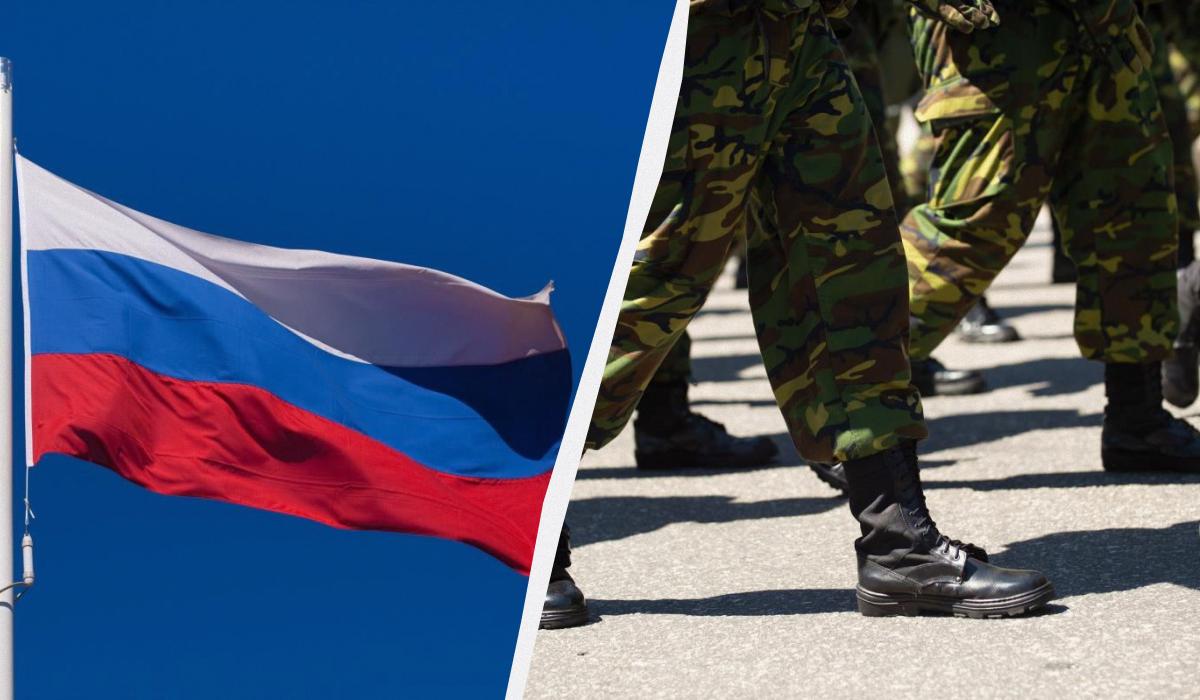“The new US administration wants to cut aid to Ukraine, so Europe should use the Kremlin’s frozen reserves.”, — write: www.unian.ua
The new US administration wants to cut aid to Ukraine, so Europe should use the Kremlin’s frozen reserves.
 Confiscation of Russian assets would be a powerful deterrent to the use of military force / UNIAN collage, photo ua.depositphotos.comUS President-elect Donald Trump’s push to end the war in Ukraine has given hope for a peace deal and sparked discussions about potential peacekeeping forces and security guarantees for Kyiv. This assumes that Moscow is interested in the deal.
Confiscation of Russian assets would be a powerful deterrent to the use of military force / UNIAN collage, photo ua.depositphotos.comUS President-elect Donald Trump’s push to end the war in Ukraine has given hope for a peace deal and sparked discussions about potential peacekeeping forces and security guarantees for Kyiv. This assumes that Moscow is interested in the deal.The publication Foreign policy writes that Keith Kellogg, the envoy appointed by Trump to Ukraine, suggested that Russia’s rejection of peace would lead to increased military support for Ukraine, but Trump was more ambivalent. Moreover, many of his advisers would like to cancel or significantly reduce the US aid to Ukraine, which is about 45% of the total transatlantic volume.
Trump’s inner circle would like to pressure European NATO members to increase defense spending and shoulder more of the burden of keeping Europe safe. The US intends to focus its attention on Asia.
The requirement to significantly increase defense spending in Europe in the face of the growing threat from Russia, as well as potentially increased spending on support for Ukraine, will put more pressure on the budgets of European countries, which are already experiencing a lack of funds. Redistribution of social spending in favor of military budgets will open the door to populist resistance.
These potential internal conflicts are well understood in the Kremlin – and they will be another reason why Moscow will resist a peace deal. From the point of view of the Russian Federation, it can only continue the war and wait for the Western funding of Kyiv to stop.
One of the obvious solutions to compensate for the reduction in financial aid from the US is to use $300 billion of frozen Russian currency reserves.
In the conditions of the growing need to find new resources to support the economy and defense of Ukraine, the confiscation and placement of frozen Russian assets is likely to become an attractive option for both Europe and the United States. This can undoubtedly be justified within the framework of the doctrine of countermeasures against Russia’s imperative violation of international norms.
Confiscation of Russian assets would be a powerful deterrent against the use of military force to change internationally recognized borders. The favorable consequences of such actions of the community of democratic countries will go far beyond their contribution to the maintenance of international traffic rules. They would also demonstrate to Russia that the US and Europe have the resources for sustained, long-term aid to Ukraine. Using these funds – or even a credible threat to do so – could be a tipping point, especially now.
Frozen assets of the Russian Federation – the latest newsThe G7 countries undertook to provide Ukraine with a loan in the amount of 50 billion dollars, which will be repaid only at the expense of interest from frozen assets.
On December 24, Ukraine received a grant from the US in the amount of 1 billion dollars, secured by revenues from the frozen assets of the Russian Federation.
On January 6, it became known that British MPs publicly called for the return of frozen assets of the Russian Federation to Ukraine. Such a step should give Moscow a clear signal that “aggressors must and will pay.”
You may also be interested in news:
- Germany insists on a free trade agreement between the EU and the USA
- The United States is preparing new sanctions against tankers carrying Russian oil, Reuters
- Putin’s booming military economy faces a downturn – Bloomberg
